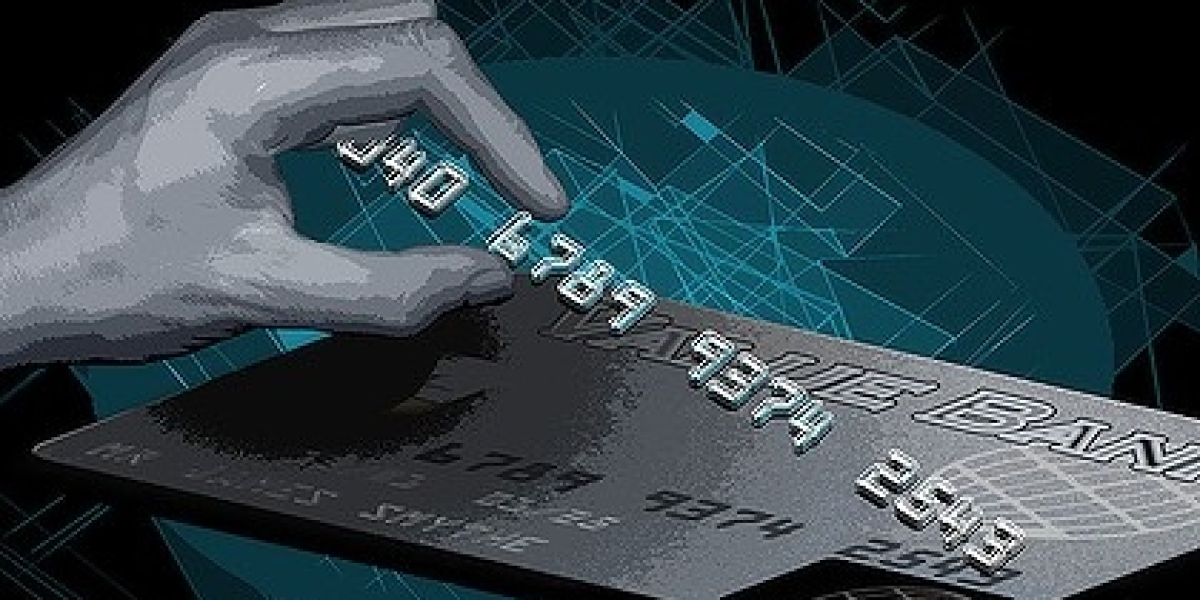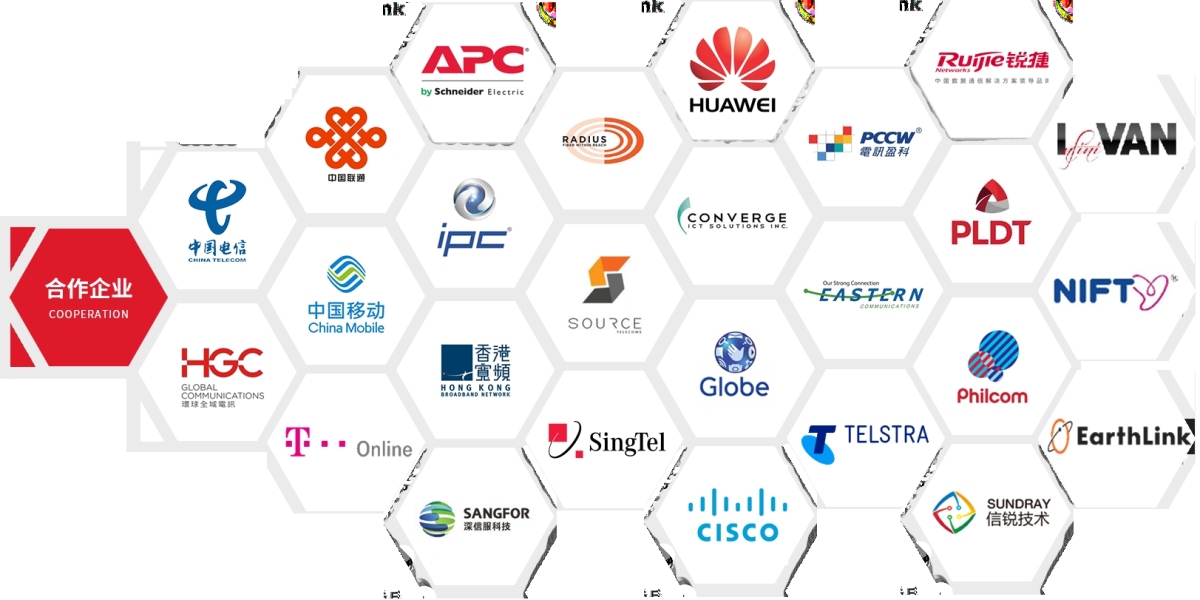What Is BriansClub?
BriansClub, sometimes stylized as BriansClub.cm, was a dark web marketplace that specialized in buying and selling stolen credit card data. The name was allegedly inspired by cybersecurity journalist Brian Krebs, who frequently reported on cybercrime networks. Ironically, the site used his name without permission, possibly as a form of mockery toward his investigative work.
Operating primarily on the Tor network, BriansClub allowed users to register anonymously, browse listings of stolen credit card information, and purchase data using cryptocurrency—mainly Bitcoin. The cards were often categorized by country, bank type, and card level (classic, gold, platinum, etc.).
How BriansClub Operated
The platform functioned much like a legitimate e-commerce site—except its product was illegal. Users could search for stolen credit cards based on filters like region, ZIP code, or issuing bank. The cards listed for sale were known as “dumps” (data copied from the magnetic stripe of a physical card) or “fullz” (complete sets of personal and financial data, including names, addresses, and CVVs).
The stolen information came from a variety of sources, including data breaches, malware-infected point-of-sale (POS) systems, and phishing scams. Cybercriminals would upload the data to BriansClub, where buyers could purchase it for fraudulent transactions or identity theft.
The 2019 Breach: When BriansClub Was Hacked
Ironically, in 2019, BriansClub itself became the victim of a massive data breach. An anonymous security researcher managed to obtain the shop’s entire database, which included details of more than 26 million stolen credit and debit cards traded between 2015 and 2019.
The leaked data was shared with banks and law enforcement agencies, allowing them to cancel compromised cards and prevent fraudulent activity. According to cybersecurity reports, the total face value of cards uploaded to BriansClub exceeded $500 million.
The exposure was a major blow to the dark web economy, as it not only disrupted ongoing criminal operations but also revealed how sophisticated and large-scale BriansClub’s infrastructure had become.
Impact on Cybersecurity and Law Enforcement
The BriansClub case marked a turning point in how global cybersecurity teams handle dark web monitoring. It showcased the importance of collaboration between security researchers, financial institutions, and law enforcement.
By analyzing the stolen data, investigators could trace the origins of major data breaches, track hacking groups, and strengthen card security protocols. Financial institutions used the intelligence to alert customers and reinforce fraud detection systems, while governments tightened cybercrime laws and cross-border cooperation.
Why BriansClub Stood Out
Compared to other dark web markets, BriansClub gained popularity because of its user-friendly interface, search features, and active vendor management. It was designed to look professional and function efficiently—qualities that made it successful but also drew unwanted attention from law enforcement.
Moreover, BriansClub maintained a reputation system to build trust among criminals, similar to how legitimate platforms use reviews and ratings. This professionalized the underground trade and highlighted how cybercrime had evolved into an organized business model.
The Aftermath
Even after its 2019 exposure, copies of BriansClub reappeared under new domains. Cybercriminals tried to rebuild the platform, but its credibility was permanently damaged. The breach led to the arrest and tracking of multiple hackers connected to stolen card networks.
Law enforcement agencies worldwide continue to monitor successor sites and similar platforms that attempt to replace BriansClub. The incident became a case study in cybercrime economics, emphasizing how intelligence sharing can weaken entire criminal networks.
Key Lessons and Cybersecurity Awareness
For individuals and businesses, the BriansClub saga serves as a reminder that data protection is everyone’s responsibility. Cybercriminals exploit any weak point—whether in online payment systems, employee accounts, or point-of-sale devices.
Here are some lessons drawn from the case:
Use multi-factor authentication (MFA) for all online accounts.
Regularly monitor bank statements and credit reports for suspicious activity.
Avoid entering payment details on unsecured websites.
Businesses should encrypt sensitive data and train employees to recognize phishing attempts.
Conclusion
BriansClub’s rise and fall illustrate how deeply cybercrime has infiltrated the digital world—and how resilience, cooperation, and awareness can counter it. Although the platform operated in the shadows, its exposure shed light on the scale of the stolen credit card trade and pushed governments and corporations to reinforce online security measures.
As long as stolen data remains valuable, new versions of such marketplaces may continue to surface—but the BriansClub story proves that no dark web empire is untouchable.









